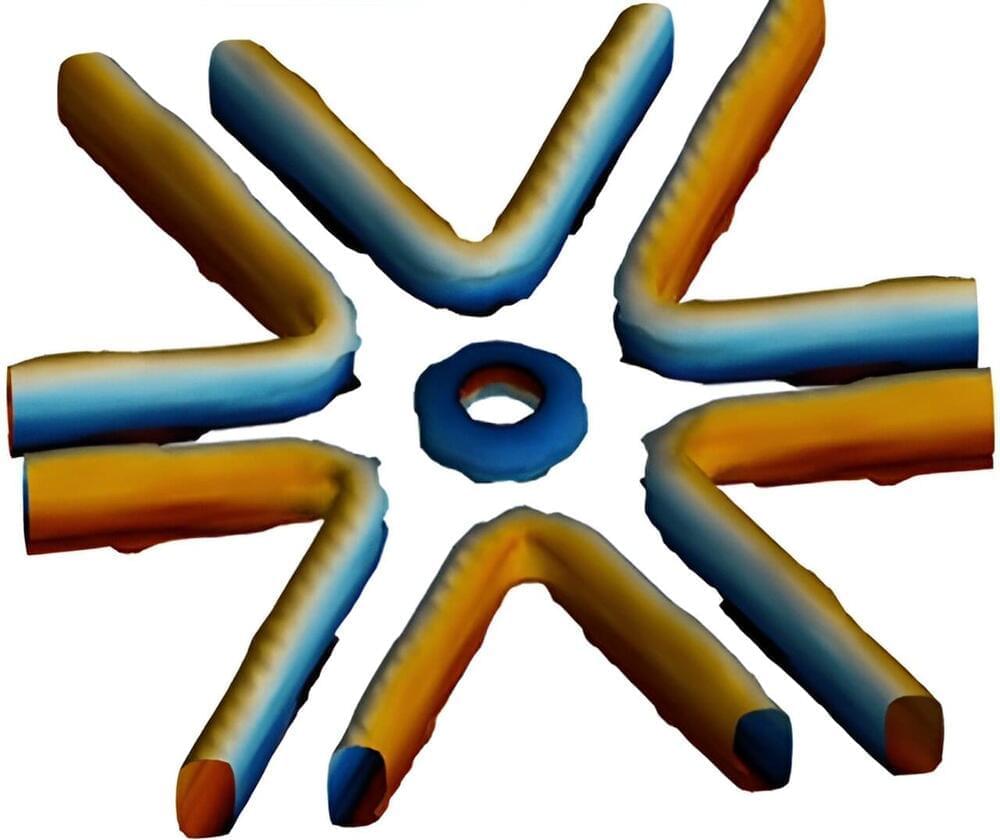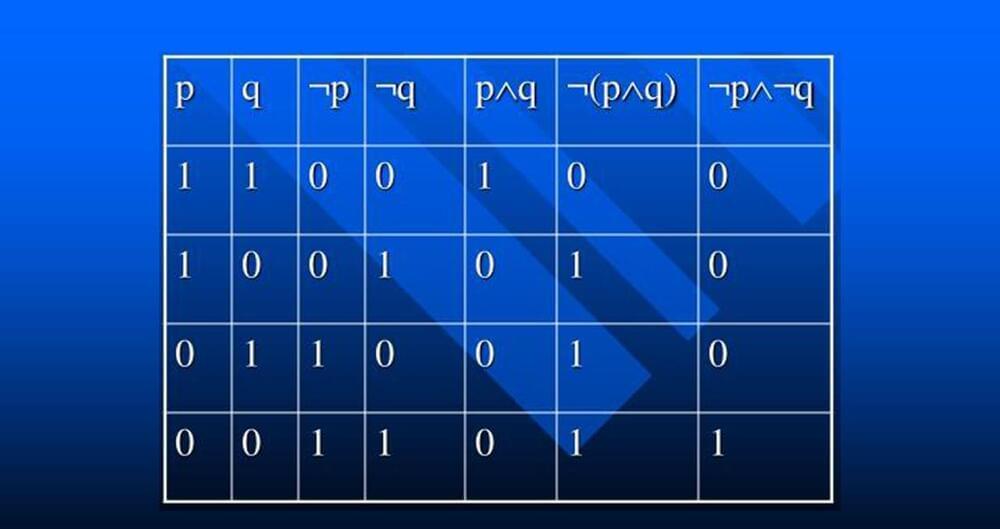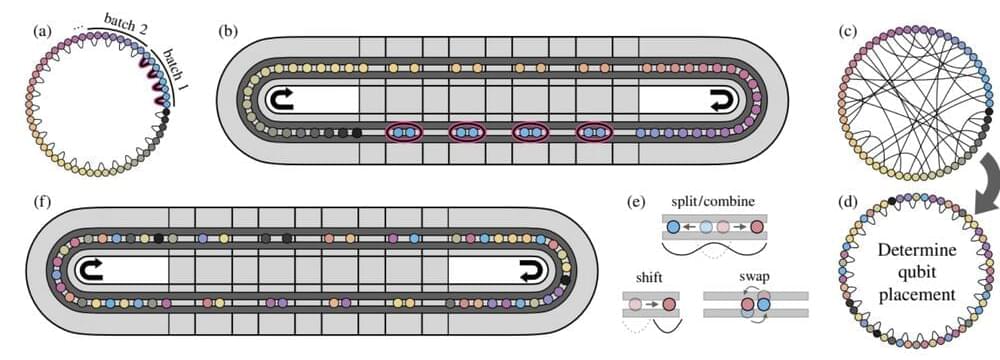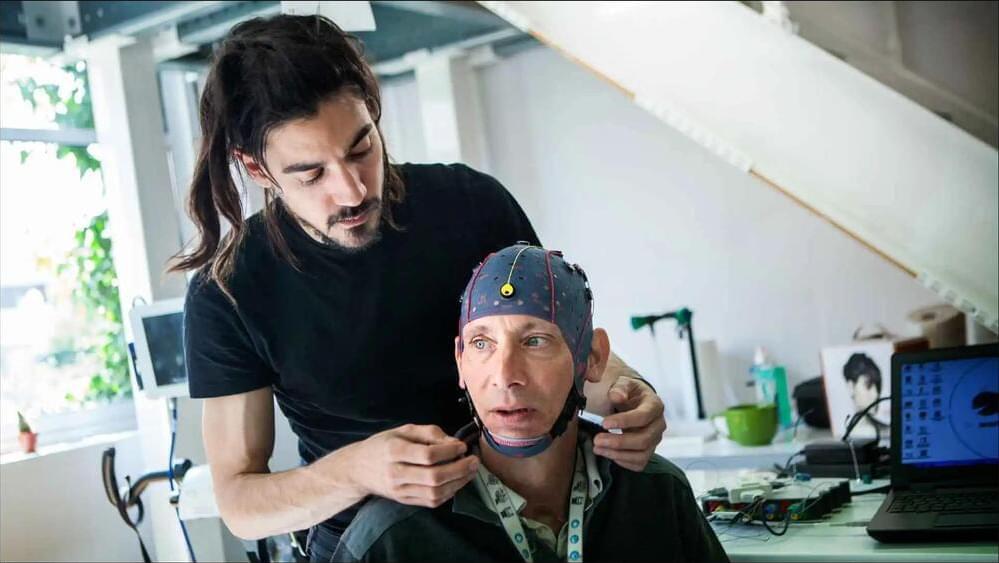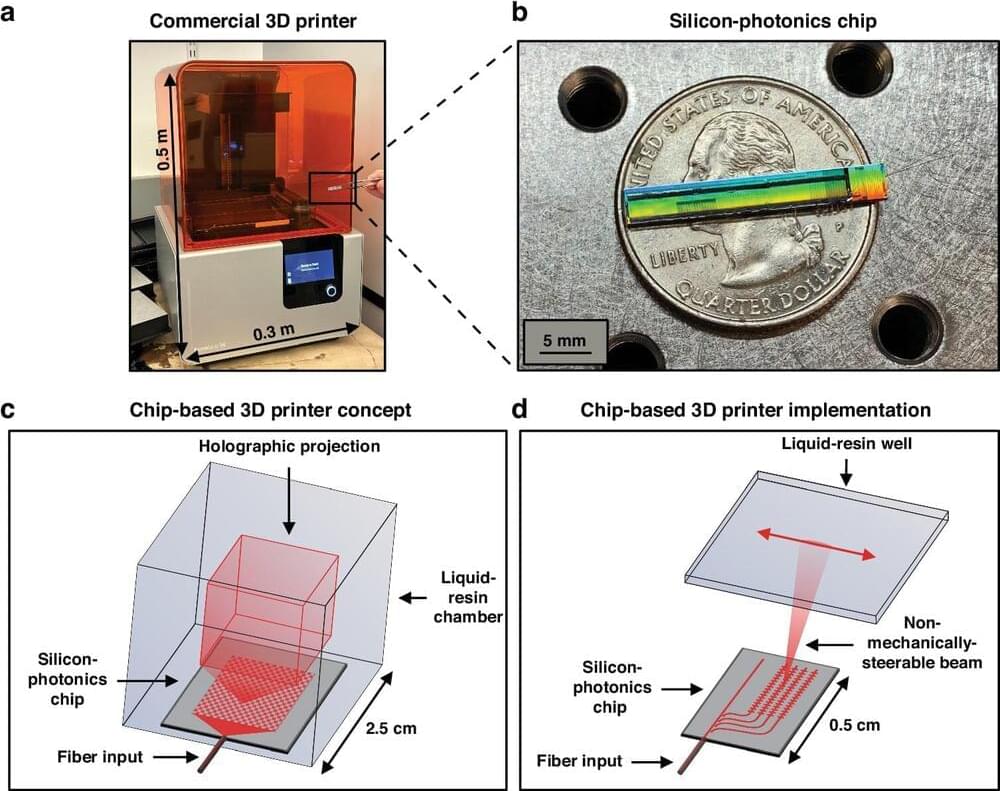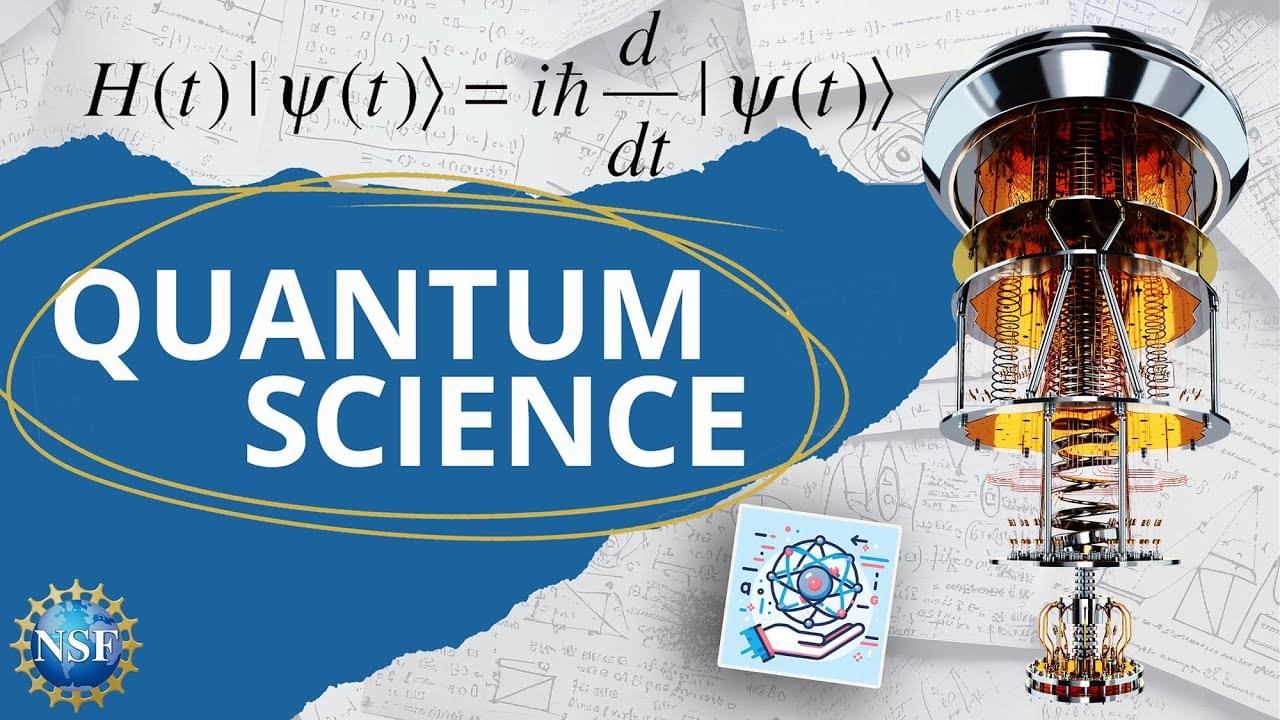Jun 7, 2024
Exotic black holes could be a byproduct of dark matter
Posted by Saúl Morales Rodriguéz in categories: computing, cosmology
For every kilogram of matter that we can see—from the computer on your desk to distant stars and galaxies—there are 5 kilograms of invisible matter that suffuse our surroundings. This “dark matter” is a mysterious entity that evades all forms of direct observation yet makes its presence felt through its invisible pull on visible objects.

